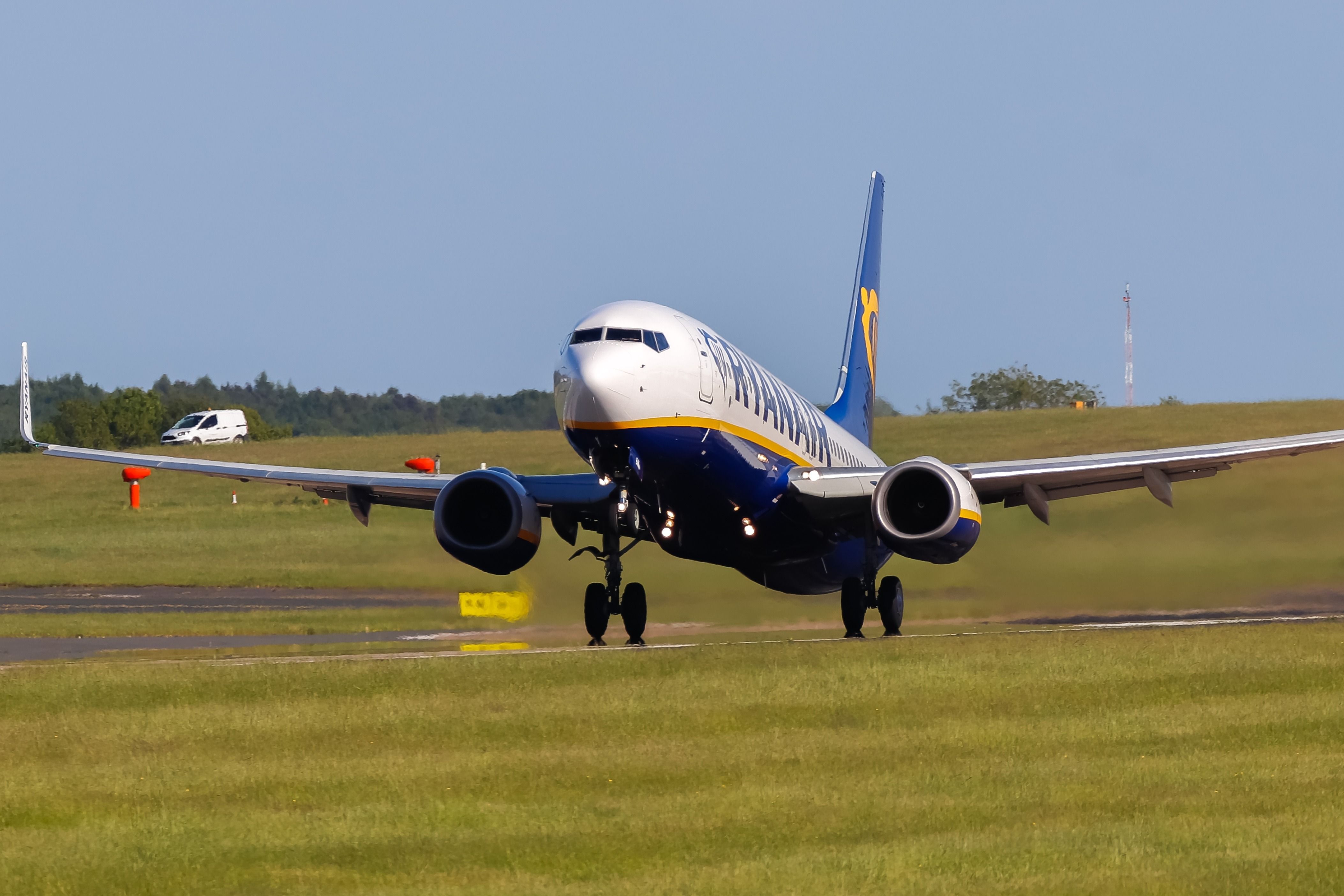Summary Leeds Bradford Airport (LBA) has outlined its plans for the next few decades, with the airport planning to gradually increase its annual passenger numbers. Its key priorities included more routes, frequencies, and connections to major hubs, including those in North America and the Middle East. The airport cited the development of the next-generation aircraft such as the A321XLR that could unlock more long-haul routes from LBA.
Leeds Bradford Airport (LBA) has published its master plan, ‘Vision 2030,’ envisioning the airport’s growth, including more than doubling its passenger numbers by 2045. More than doubling passenger numbers According to Vincent Hodder, the chief executive officer (CEO) of LBA, local access to international destinations without a long journey to the airport while also benefitting from a quick and efficient journey through check-in and security was what a local and regional-sized airport does well. “Facilitating trade links for local businesses promoting local jobs for international investors is a key component of what makes Leeds Bradford Airport essential for the region.

” ‘Vision 2030’ detailed that the airport has committed to spending around £200 million ($255 million), which will improve several areas of LBA, including the terminal, runway, and other infrastructure around the airport, such as a new rail station. The master plan also outlined that growing LBA’s network and meeting the needs of the local catchment area was essential to the airport’s mission of building an outstanding airport that connected Yorkshire to the world. In 2023, LBA welcomed 4 million passengers, with 36,000 aircraft arriving and departing from the airport annually, serving over 80 destinations in Europe.
The airport has planned to gradually increase its annual passenger numbers, growing to 6 million passengers in 2026, 7 million in 2030, and nearly 10 million by 2045. Direct connections to the East Coast of the US The master plan highlighted that one of the goals was to expand LBA’s network, with the main priorities including more domestic routes, increased pan-European connections, more routes to Eastern Europe, increased frequencies and choices on the most popular routes, and more itineraries to the largest European hubs, providing convenient long-haul connections for LBA’s passengers. Lastly, the airport highlighted that it was also looking to open up destinations in the North Atlantic and the Middle East without detailing the exact destinations.
Nevertheless, ‘Vision 2030’ pointed out that the airport has been working with its airline partners to increase the operations of new-generation aircraft out of LBA. For example, Jet2 and Ryanair have ordered Airbus A320neo and Boeing 737 MAX family aircraft, respectively, which will positively impact the airport’s environmental footprint and capacity, considering their upgauging effect. “Developments in aircraft technology, such as the Airbus A321XLR, offer an exciting opportunity to expand our network.
These new aircraft offer an extended flying range, opening up new route opportunities.” LBA added that these could include direct flights to the east coast of the US and Canada, as well as Middle East destinations. The Airbus A321XLR was first certified with the CFM International LEAP-1A engines.
From Yorkshire to the US Outside of London and its international airports, including Heathrow Airport (LHR) and Gatwick Airport (LGW), the only other England airport with a lot of long-haul connections was Manchester Airport . “However, demand for air travel in the region is currently under-served and, out of the eleven million yearly journeys that originate within Yorkshire, Leeds Bradford Airport serves four million.” According to data from OAG Traffic Analyzer , there were 730,000 roundtrip passengers from MAN and LBA to various destinations on the eastern coast of the US, with more than 70% of travelers from the two UK airports choosing to fly to either New York John F.
Kennedy International Airport (JFK) or Orlando International Airport (MCO). Some 85% of summer services are from the UK to just two countries..



















